Elden Ring will be releasing soon. It’s one of the most anticipated games this year, and it’s bound to bring in a lot of new fans as well. As one of the Tarnished, you’ll explore the Lands Between to search for the Shardbearers as you make your way to the Erdtree (err, what?). Don’t ask. It’s complicated.
However, we still need to know how well Elden Ring performs under the hood. With that, let’s begin our Elden Ring technical review by taking a look at the system requirements.
Elden Ring – System requirements
MINIMUM
- CPU: INTEL CORE I5-8400 or AMD RYZEN 3 3300X
- RAM: 12 GB RAM
- GPU: NVIDIA GEFORCE GTX 1060 3 GB or AMD RADEON RX 580 4 GB
RECOMMENDED
- CPU: INTEL CORE I7-8700K or AMD RYZEN 5 3600X
- RAM: 16 GB RAM
- GPU: NVIDIA GEFORCE GTX 1070 8 GB or AMD RADEON RX VEGA 56 8 GB
REVIEWER
- CPU: Intel Core i9-10900K
- RAM: 32 GB RAM
- GPU: Nvidia GeForce RTX 3080
Elden Ring‘s system requirements come from the Steam store page. Mind you, these are on the hefty side, and will likely surprise a few veterans of the Souls series. In my case, I’m well above the recommended requirements, but the listed ones are for 1080p gaming and I’m using a 4K TV.
Elden Ring – Graphics settings
The basic graphics settings for Elden Ring allow you to change the resolution and switch from fullscreen to borderless fullscreen or windowed (choose borderless fullscreen if need be). There are also four presets that can be auto-detected: Low, Medium, High, and Maximum.
Likewise, it’s worth noting that Elden Ring doesn’t have VSync on the settings page, though it does seem to be enabled by default. Additionally, there’s no support for ray tracing or DLSS at the moment. In any case, you can see the advanced graphics settings below:
Elden Ring – Graphics comparisons
For our Elden Ring technical review graphics comparison section, I’ve used three sets of screenshots. The first two are to show indoor and outdoor results for the Low, High, and Ultra presets. The last one is the difference between having screen space ambient occlusion (SSAO) at maximum versus when it’s turned off. You can click on the images below for a larger view.
Interior
Exterior
SSAO
Performance and micro stutters
With my rig, I’m able to reach 55-60 fps while playing Elden Ring at the maximum preset (with only motion blur disabled). This is on a 4K display, mind you. Also, keep in mind that, like Sekiro before it, Elden Ring is capped at 60 fps on PC. However, there is a very important caveat: micro stutters and framerate drops happen periodically. Granted, these instances will only last for a split second.
But, stutters can be troublesome if you’re walking along a ledge or you’re fighting enemies. Since parry windows require decent timing, a micro stutter or sudden fps drop could lead to awkward misses. Lowering the settings or playing at 1440p does slightly alleviate the issue, so make sure you tweak shadows, SSAO, and anti-aliasing if it gets too egregious.
I should also add that I experienced freezes that lasted around three seconds. These were mostly due to taking screenshots in quick succession. Since the game can’t be paused, there’s no photo mode either.
Game, camera, and control settings
Below, you can see the game settings (which are mostly for targeting and aiming):
Camera settings are also a given:
These are the gamepad controls, with certain buttons that can be changed:
Lastly, these are the keyboard binds that can also be changed. One factor worth mentioning here is that Elden Ring only uses a single command for skills (even though you can have two keybinds). It means that if you’re using a one-handed weapon and a shield, the shield’s parry is the one that’s activated as opposed to any Ash of War ability that your weapon has. To date, I still haven’t found a way to trigger a weapon’s ability if a shield is equipped (unless I remove the shield and use the weapon with two hands).
The same can be said for your Use Item key. Even if you have two different keys assigned, you’re still choosing from one selection pool that has your consumables/flasks, lantern, summoning spells, and your whistle to call your mount.
Display and audio settings
The sound and display settings are on the same panel. This is also where you can disable a HUD in case you’d like cleaner screenshots or videos.
Network settings
Finally, the network settings page is where you can change certain options related to online/offline gaming. Cross-play is currently not supported, but those who are playing on consoles will be able to play with those from the same grouping (i.e., PlayStation 4 and PlayStation 5 owners).
Elden Ring – At a technical glance
Elden Ring presents gorgeous visuals and marvelous open-world design. Unfortunately, micro stutters and framerate drops can become a bit of a hassle when you’re in combat. There are some ways to alleviate the issue if you want things to go smoothly. If you’re interested in learning about the gameplay mechanics, battles, and what to expect as you progress, you can head over to our official review.

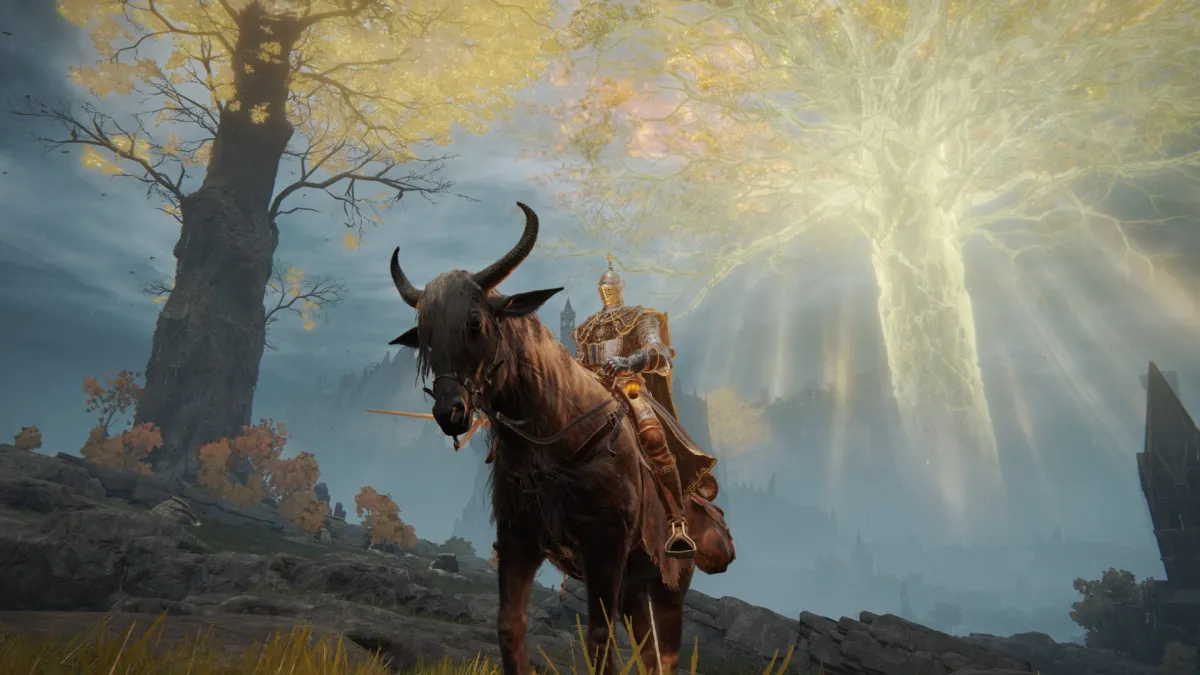



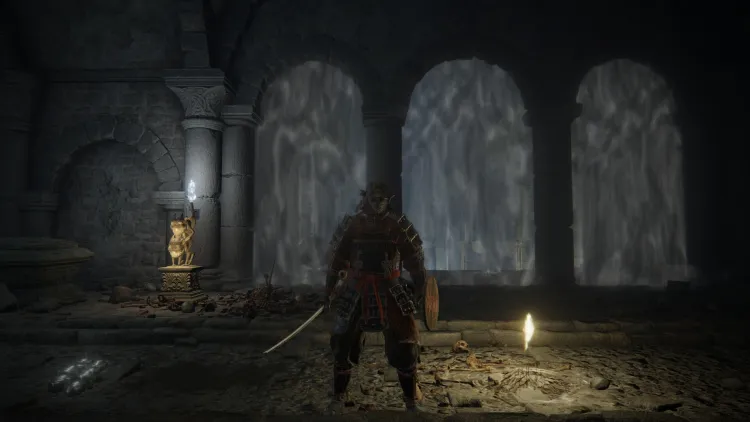
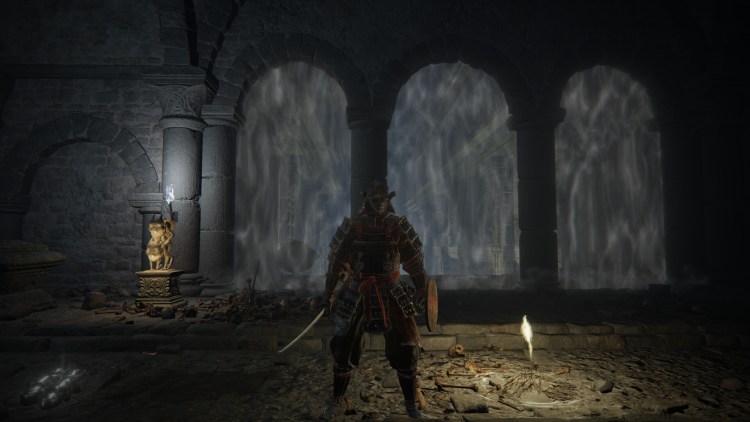
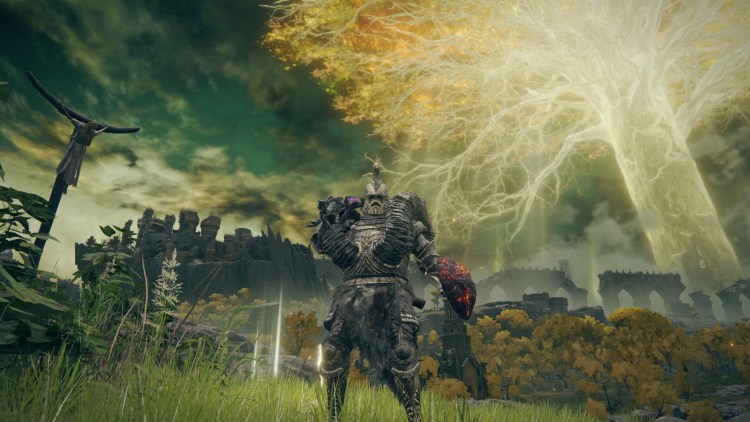
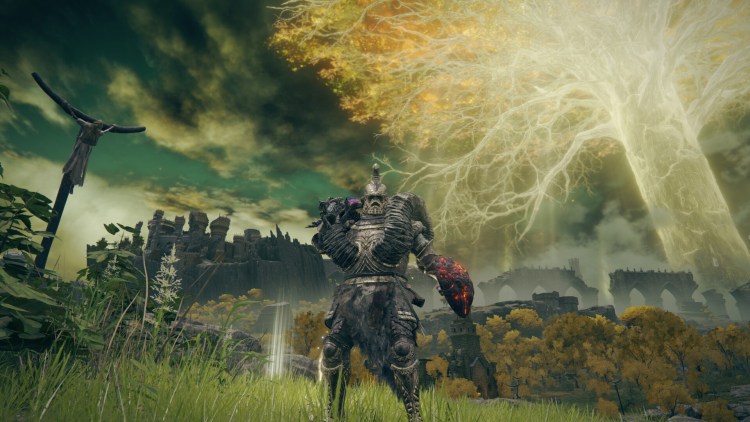
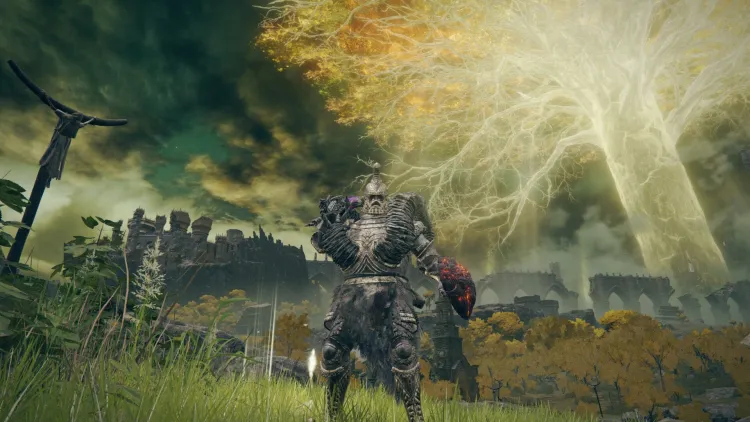
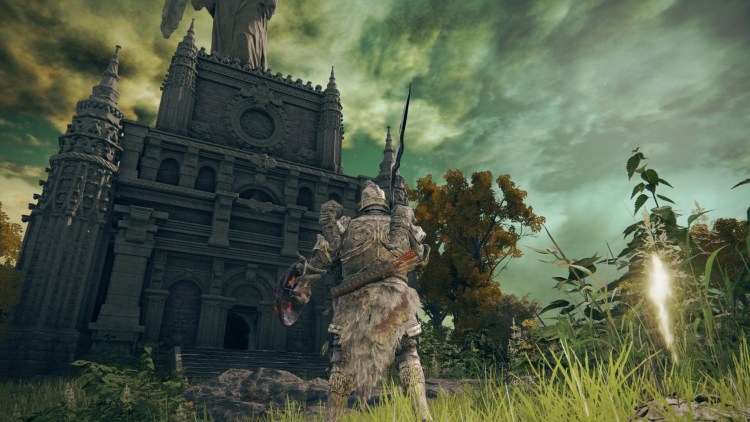
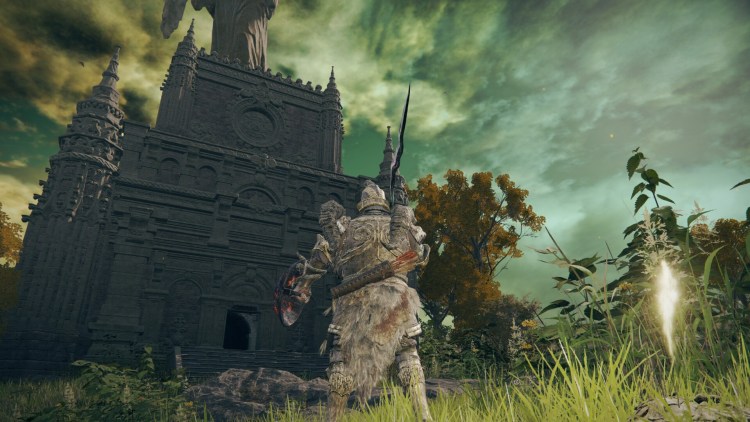













Published: Feb 23, 2022 10:30 am